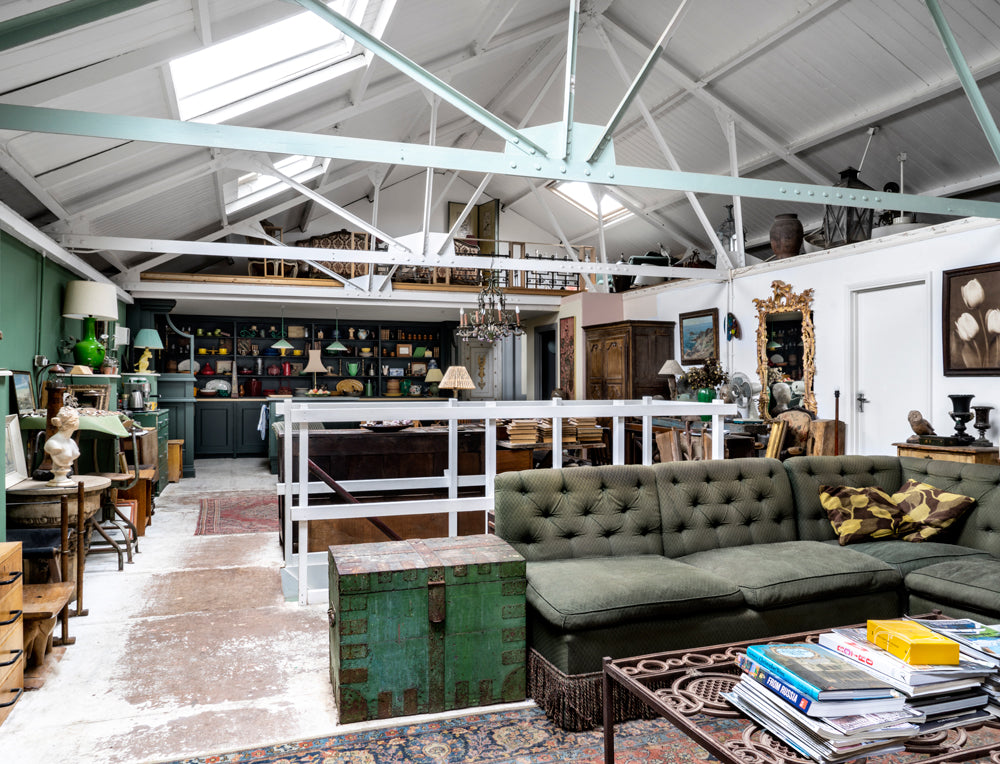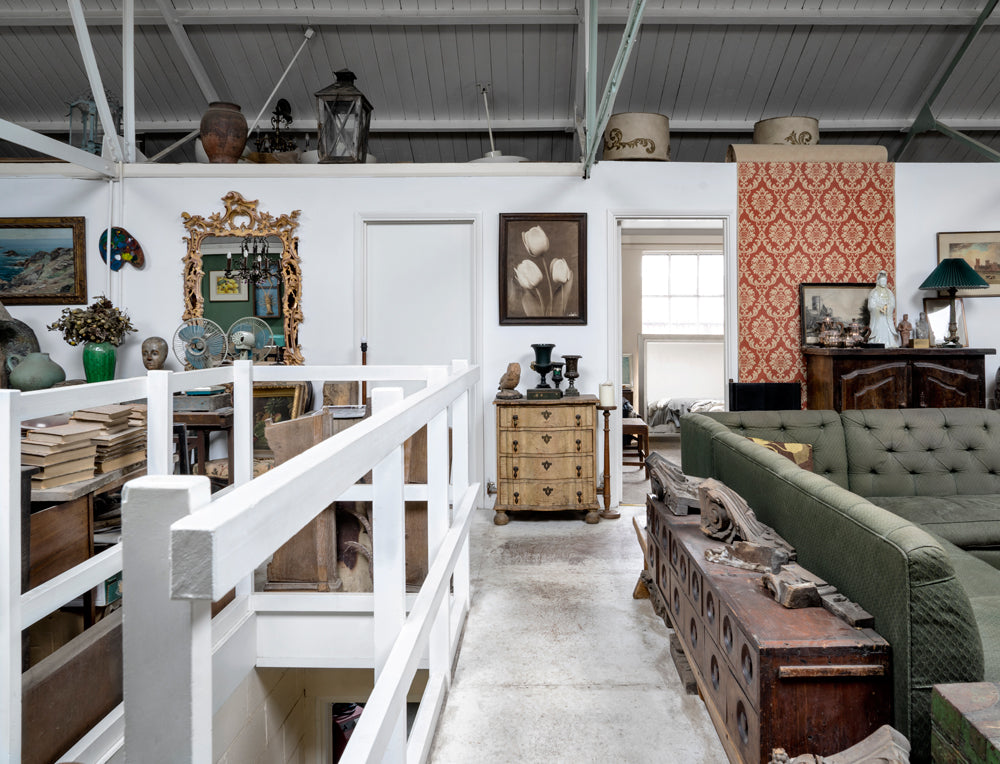

A gasholder or gasometer is an enormous container in which natural gas can be stored near atmospheric pressure. The telescopic gasholder was invented in 1824 in Leeds, England, and provided the gas storage needed to meet the demands of Britain's expanding cities over the decades to come.
The concept was not peculiar to Britain, however. Gasholders were also prevalent in western Europe, with brick-built gas storage cylinders in cities such as Vienna and Stockholm. Across Europe, these monolithic but oddly romantic structures carried out essential roles for local communities, ensuring the continuous supply of energy for heating and lighting. After many years in the public's service, as infrastructures improved, they became all but obsolete. By the 1980s, gasholders were frequented as venues for London's underground music scene, with raves held across the capital in the derelict cylinders. By 1990, where they remained in use at all, gasholders were largely being used merely for balancing purposes, to ensure gas pipes operated within a safe range of pressures. But most local gas networks were able to function at full capacity without the storage cylinders.
By 1999, Britain's National Grid had made the decision to start the demolition of gasholders. Today, as they are gradually being taken out of use across Europe, numerous exciting proposals for the reuse of gasholders and gasworks have been put forward. Here, we track two fascinating projects; one recently completed in London, England, and the other now commencing in Stockholm, Sweden.
LONDON
King's Cross is fundamentally linked to the industrial development of London. With the completion of the Regent’s Canal in 1820, it was connected to major industrial cities across the north of England. 1824 marked the arrival to the area of the Imperial Gas Light and Coke Company, which opened the Pancras Gasworks to the south of the canal. Between 1849 and 1852 the Great Northern Railway developed its London terminus at Kings Cross. Set at the juncture between road, rail, and river, King's Cross remains a vibrant hub today. But the area has experienced a dramatic transformation. From a polluted industrial wasteland has emerged one of London's most exciting new neighbourhoods. And at the heart of the redevelopment is a trio of refurbished grade II listed Victorian gasholder guide frames. Now, contained within the wrought iron frames dating from the 1860s, are new cylinders containing luxury apartments and penthouses. Conceived by the London based architecture firm Wilkinson Eyre for King's Cross developer Argent, the project offers an impressive counterpoint between old and new, with perforated metal shutters screening the glazed facade contrasting with the original frames.

It took over two years to refurbish the gasholders' 123 cast iron columns after they were dismantled by cranes and transported in sections to teams in Yorkshire to be skillfully restored.

The circular nature of the iconic gasholders inspired the architects at Wilkinson Eyre to arrange homes around three atria. Large skylights fill the interiors with natural light.

Jonathon Tuckey Design combined warm woods, resin, stone and metal to reference the industrial heritage of the gasholders within each of the 145 newly constructed apartments.
STOCKHOLM
For more than a century, gas was produced in Hjorthagen, a district set to the northeast of Sweden's capital Stockholm. When the works closed in January 2011, the city claimed the responsibility for establishing imaginative new opportunities for the site. The key concern has been to ensure that in its redevelopment from a closed industrial site to an urban destination, the gasworks' distinctive architectural qualities are preserved. A significant portion of the area was planned and designed in the 1800s by the Swedish architect Ferdinand Boberg and from its inception, the industrial site was closed off to the public, despite being situated very close to the city centre. With the redevelopment, led by CA Real Estate, it is hoped that Gasverket will become one of Stockholm's most popular destinations. Work commenced in 2017 and it is anticipated that the entire project will be completed by 2022. Hjorthagen is expected to gain 15,000 new inhabitants over the coming years and the gasworks, fully transformed with parks, offices, a museum, and schooling, will be at the heart of the community.


The historic brick buildings will undergo a painstaking renovation to preserve their character. Their contemporary interiors will include new designer shops and restaurants.

The proposed interior of an old brick-built cylinder is a surprising contrast to the external structure, cleverly utilising its unique shape to create a communal experience.

The old gasworks quite literally delivered warmth and light to the city of Stockholm. Upon completion, the redevelopment is expected to bring a different energy to the area.



